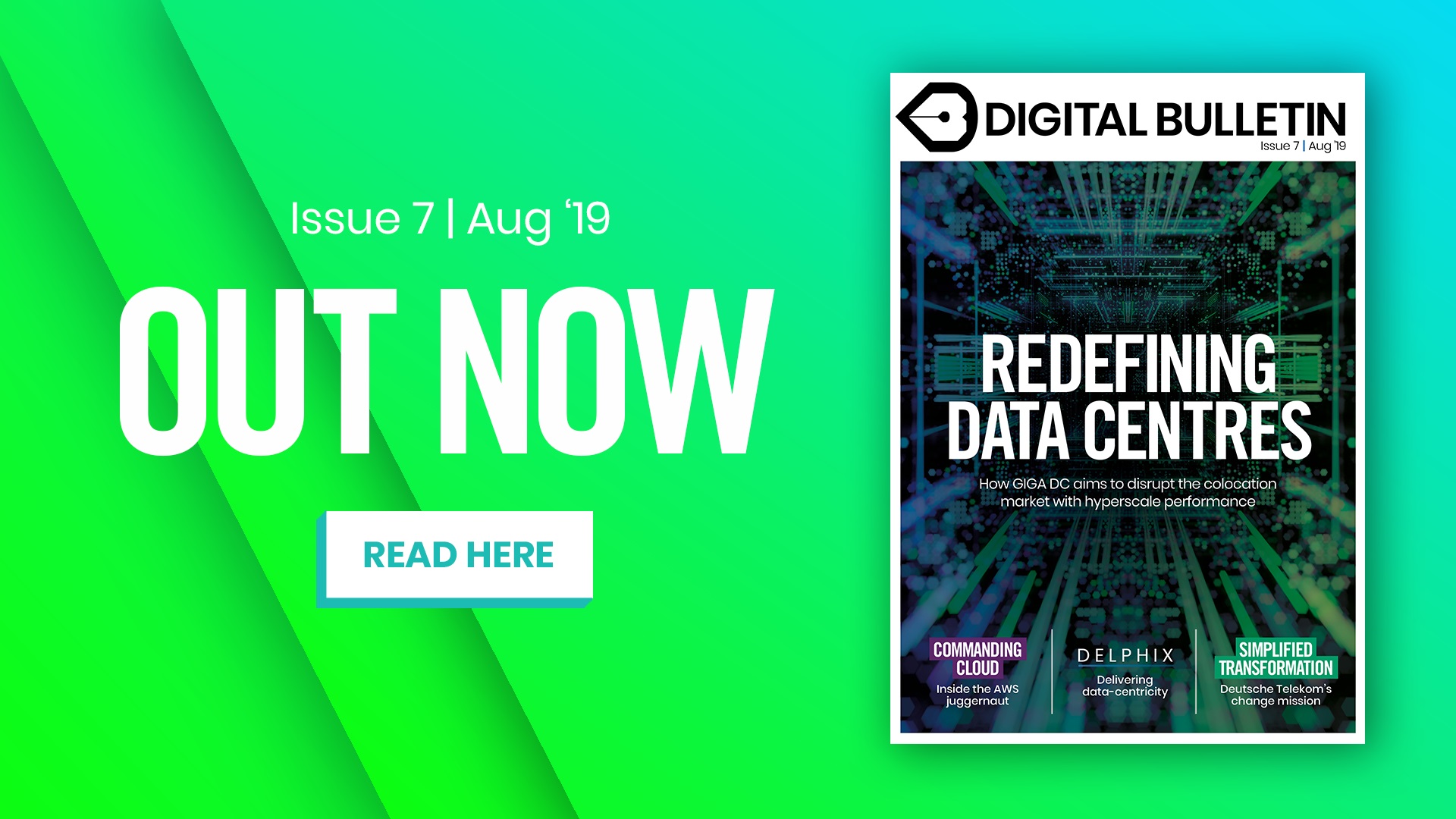
The rhetoric around digital and technology transformations is usually grandiose; companies and executives are keen to tell the world about their large-scale programmes and initiatives driven by multi-million dollar technologies and group-wide culture shifts.
It is understandable; to transform anything, let alone a business, takes no little planning, effort and skill to execute. But with somewhere between 60-80% of transformations failing to bear fruit, and just five percent meeting or exceeding expectations, a rethink is perhaps needed.
It is a conundrum that was faced by Deutsche Telekom’s VP, Borislav Tadić, in 2016, when he was tasked with devising a roadmap to transform the company’s Data Privacy, Security, Legal Affairs, Compliance, Audit and Risk Management (DRC) department. Eschewing the common approach, Tadić went back to basics.
“When people do digitalisation and transformation programmes, they often start with tools, but from my experience you should start with simplification and acceleration of processes and policies. That means firstly looking at your internal policies, and we found that the DRC board was in charge of more than 20 of them,” he tells Digital Bulletin.
“Of that number, some 40% were not necessary at all; they are not expected by lawmakers, stakeholders or our internal demands, which was really a legacy you might expect from a company of this size. We swiftly eliminated hundreds of pages of policies and controls that were not necessary anymore.
“We then looked at which of our policies were truly adding value and either helping us on the customer side, our revenues, or helping us be more efficient with our processes within the business. The result is the remaining policies are leaner, easier to understand and far more business focused.”
Tadić (pictured) sums the approach up as “simplification”, which is characterised by how it has changed the way it categorises external apps and platforms. Whereas previously it had blacklisted programmes such WhatsApp by default until review, they are now – with a few small exceptions, such as highly-classified technologies – whitelisted, and then only blacklisted if there is a business or security reason to do so. It is, says Tadić, an example of agility in action.

It is a step change that Deutsche Telekom has combined with a period of consultation with its employees to change the mindset from one of passive support to one of proactive engagements.
“It’s not good enough to just say things can’t be done because of data privacy regulations, for example, but to say: ‘look, there is a solution, and this is the way to do it successfully’,” he explains. “It is about going a step further, and making additional effort to help customers, and this really speaks to driving cultural change to go the extra mile.”
The approach has garnered some pretty extraordinary results, not least a 25% operations expenditure reduction (OpEx). Often, companies shout about such figures while neglecting to mention the raft of staff cuts that have contributed to the saving. Not so at Deutsche Telekom, says Tadić.
“It is something really tangible, and there are a number of factors that have contributed to it. One thing we focused on was leveraging our shared services across our operational and governance functions. Now we want to go further and establish a leaner company approach and a tighter business support, as well as addressing the topics of digital responsibility and the monetisation of certain practices and services that we use internally to support our revenue lines.”
Tadić gives an example of “hidden gems” that Deutsche Telekom has uncovered as part of its root and branch simplification effort, which included reviewing all of its major cost levers. The initiative uncovered a number of hidden costs.
“A good example is there were numerous people that had VIP support, so IT support where technicians come on site to help with troubleshooting,” he says. “We found that many people didn’t know that they had it, most of them didn’t need it, and it was 10 or 15 times more expensive to do than the normal support.
“When we changed it people lost nothing, but it was more suitable for us and easily managed. There were multiple examples that I call ‘hidden gems’ that we found when we carried out detailed analysis. The first instinct is always to think that you’ve already looked everywhere and there’s nothing else to find. But in reality, nobody has looked for a couple of years and there are new things to find that can be improved.”
A transformation is a never-ending process, you can always optimise, you can always improve something
In addition, the division held detailed discussions with internal and external customers and stakeholders to pinpoint areas of its service that were not adding value, or were no longer relevant.
“What we were able to do is improve our service and customer experience, while reducing costs, which some people will tell you is not possible because they are somehow correlated,” Tadić comments.
“But take this example: we spoke with our customers and they told us about some unnecessary steps that we take in our interactions or about some features they really don’t need, or used in years gone by but aren’t really needed anymore.
“When we went through these customer discussions to improve the customer experience, we realised there were numerous things we were doing or offering that we thought were necessary as part of our infrastructure or projects. So when we took them out it eliminated something that wasn’t adding value and it saved us money. I think we showed you can simultaneously work on the customer experience while also reducing cost.”
Having begun the transformation programme two and a half years ago, a number of the DRC’s 14 core initiatives are entering their final phase. But having achieved so much, Tadić and Deutsche Telekom are focused on how it can build on its progress.
“A transformation is a never-ending process, you can always optimise, you can always improve something. What we are currently focussing on is reducing the number of unnecessary fields, paper and steps across the business. So, we’re proceeding with that,” he says.
“We are also continuing to press on with our self-service plans, both internally and externally. We’ve developed many tools that enable you to do that with a couple of clicks and without expert knowledge that can build documents that are just as good as you’d get if you dealt with us directly, including NDAs or standardised contracts. It makes things much easier for our internal people and our external customers, so we really want to continue to focus on that.”

And while the beginnings of the transformation programme could be characterised as a ‘nuts and bolts’ exercise, Deutsche Telekom is fully invested in the potential of future technologies such as AI, machine learning, IoT and AR.
“We are using and want to improve the use of AI tools for automated analysis of certain processes, which can give us feedback about which steps need more work, or more security,” Tadić adds.
“In addition, we’re utilising AR, which we think can be of use in terms of compliance or transformation. We want to think about how we can better motivate our employees to participate and better understand our training materials and awareness measures. And we have been using AR – which we found to be very affordable – and found the engagement with our employees has really increased.
“We are also experimenting with blockchain in the context of internal power of attorney and it is connected with many HR and IT systems. What we need to do is determine after that testing whether blockchain is something that we can leverage, and we have fantastic partners around the company who can help us with that.”
On the strength of transformation built on simplicity, the next phase will likely be driven by the technologies that are changing the face of business. But in summarising the key factors in the success of the initiatives to date, Tadić reserves the last word for his employees.
“In every transformation, you need to put the people in the centre and not in some flag waving kind of sense,” he says. “I’ve spoken a lot about how we interact with our customers both internal and external, but it’s also important to focus on your own employees and it has been critical to travel to various sites and speak to them about what is really important.
“The time we have spent speaking with them has been so valuable and it is essential they realise how important they are in this and how proud we are of them. They’ve made a real difference.”



